
| Vol. 14 No. 1 | Summer 2004 |

by
Theresa Desmond
For more than 70- years, the Union has been the place to meet, greet, eat—and do just about everything else.
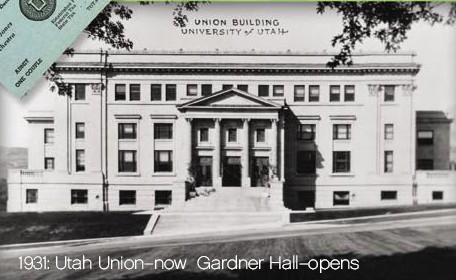 The
Union has seen more student activity than almost any place on campus:
sleeping, eating, meeting, protesting, watching films, listening to speakers,
producing the Chrony, dancing, bowling, playing chess, pool, and ping-pong,
even some studying.
The
Union has seen more student activity than almost any place on campus:
sleeping, eating, meeting, protesting, watching films, listening to speakers,
producing the Chrony, dancing, bowling, playing chess, pool, and ping-pong,
even some studying.
“A union is the community center of any university,” says Ernie Bebb, director emeritus of the Union. And, by extension, it is central to students’ lives and the life of the University. As Julian Davis ex’57, former associate dean of students, notes, “All of the leadership activities students participate in at the Union are absolutely part of the education they receive at the U.”
| “The first union was built bit by bit,
as funds became available. The stone frontage was delivered by train,
freight on board, meaning you had to pay to take it off. There was
no money, and the company was going to leave in three days. So Doug
Woodruff ex’22, the first union director, went up —Ernie Bebb, director of the Union, 1968-1995 |
 The
first Union, opened in 1931, is now Gardner Hall. Built almost entirely
through private funding, the building was meant to “conform (stylistically)
with that of the John R. Park Building,” but with “an atmosphere
of a clubhouse.” At the time of the “Utah Union” opening,
there were just over 6,000 students enrolled.
The
first Union, opened in 1931, is now Gardner Hall. Built almost entirely
through private funding, the building was meant to “conform (stylistically)
with that of the John R. Park Building,” but with “an atmosphere
of a clubhouse.” At the time of the “Utah Union” opening,
there were just over 6,000 students enrolled.
By the time the A. Ray Olpin Union opened in 1957, there were more than 15,000 students enrolled. That growth, along with the need for better food service, more social areas, and “facilities which would make the Union a live cultural and creative recreation center” had precipitated the need for a larger building.
| In those days, we had junior proms in the Union. I went to the prom my freshman year [1943], just before I went into the service. The theme was ‘Gardenias for U,’ and there were gardenias everywhere. You crossed these little bridges they had built across the stairs, and there was greenery along the bridges and gardenia plants in the entrance, the dance areas, the whole building. Every girl was given a gardenia. That beautiful aroma stayed in the building for days after that.” —Hal Collipriest BS’50 |
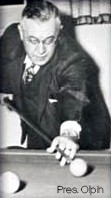 Today,
with University enrollment exceeding 28,000, the Union is the busiest
building on lower campus, averaging 14,000 people a day; on some days,
it sees as many as 20,000 people. About 80 percent of students say they
come to the Union “frequently.” Not surprisingly, Whit Hollis,
the current Union director, says that the building will need to be expanded
and renovated in the next five to 10 years. “We want to keep it
fresh,” he says, “but still be the one safe place on campus
where everyone is welcome and can find a home.”
Today,
with University enrollment exceeding 28,000, the Union is the busiest
building on lower campus, averaging 14,000 people a day; on some days,
it sees as many as 20,000 people. About 80 percent of students say they
come to the Union “frequently.” Not surprisingly, Whit Hollis,
the current Union director, says that the building will need to be expanded
and renovated in the next five to 10 years. “We want to keep it
fresh,” he says, “but still be the one safe place on campus
where everyone is welcome and can find a home.”
| “A union building is a ladies’ and gentlemen’s club building, but it is much more. It is a temple of democracy, housing a shrine of culture. —From booklet, “A Union Building for the University of Utah" |


“During the misspent days of my youth, it was not unusual to find a couple of my buddies and me goofing off on the U of U campus. The Union was one of our favorite haunts. Many a Saturday afternoon would find us on the mezzanine immediately west of the ballroom. A faulty door lock would allow access into a banquet room situated directly above what was then the large cafeteria below (not to be confused with the smaller, more hip “Huddle Room” next door) and just below the Panorama Room. There was a small “pie elevator” just large enough to accommodate two delinquent adolescents. Once packed inside, the third hooligan (usually me) would quietly close the door to the tiny compartment, push the “down” button, and wave goodbye to my friends through the small round window as the elevator, packed tightly with anything but pies, was sent to the main kitchen in the cafeteria below.
“On the main floor, a bell would ring, alerting kitchen personnel that a delivery had arrived. I would then count to 10 before calling the pie elevator back up to the mezzanine for a quick getaway. If I was a second or two late, a cafeteria worker would fling open the door to the pie elevator, scream in horror at the sight of entangled arms and legs, and immediately call for her supervisor.”
—Tom Whitney BA’74
“I started working at the Union information desk when I was a freshman, in 1981. Later that year, another student, Katie Northrup BS’84, started working at the desk. It was just a matter of months before I asked her out. The rest is history. We’ve been married for 18 years and have two children—and we’re all big Ute fans.”
—Mark Fox BS’85
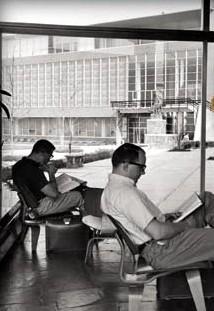
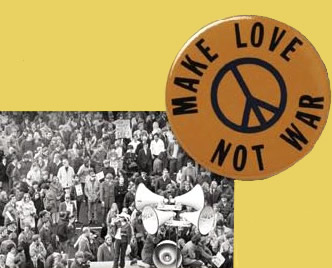
“My most vivid memories are from the student unrest in the late ’60s and early ’70s. There were sit-ins, teach-ins, and burnings of the temporary buildings, and the SDS [Students for a Democratic Society] was very active. Some of the more committed and really bright students that I was working with just couldn’t see anything changing unless they revolted.”
—Ernie Bebb, director of the Union, 1968-1995
“All of these events [riots, rallies, fire-bombings] left a lasting impression: to this day, campus legend holds that the hilly landscaping around the Union building was put in place to deny rioting students a place to assemble...”
—From the Marriott Library’s sesquicentennial exhibition
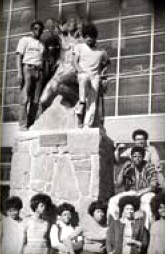
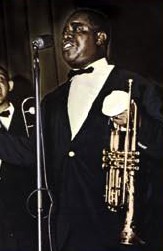
“We had a lot of speakers at the Union: Spiro Agnew, Bobby Kennedy, Nelson Rockefeller, Gerald Ford. Spiro Agnew gave a speech when he was running for office, and the next day, there was a Spiro Agnew face on the clock on the outside of the building. Some students must have done it in the middle of the night.”
—Julian Davis ex’57, former associate
dean of students (U tenure: 1965-1998)
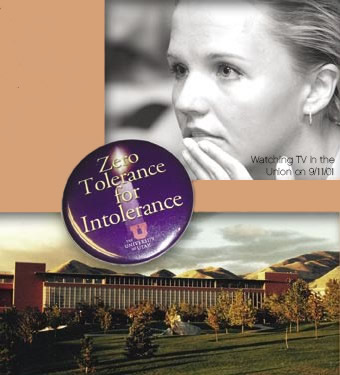
“9/11 stands out for me. At the Union, we helped create the ‘Zero Tolerance for Intolerance’ posters and buttons, get a statement from the president, hold a candlelight vigil, get extra TVs, and put up white boards. It was so tragic, but the community, both on and off campus, really rallied and came together.”
—Whit Hollis, current director of the Union
“Traditionally considered the ‘hearthstone’ or ‘living room’ of the campus, today’s union is the gathering place of the college.”
—From the 2001-02 Union annual report
Student photos by Chris Carlston
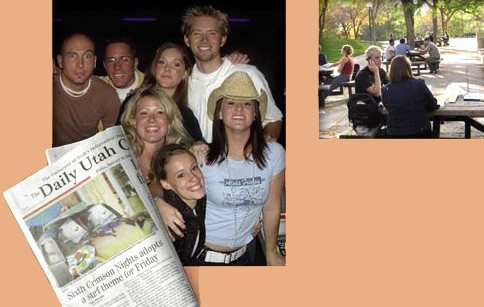
“The last weekend in February [2004], a big snowstorm knocked out the power in the Union. We had to move three computers and our server (which required flashlights and screwdrivers) to LNCO, over icy/snowy sidewalks, in order to get Monday’s paper out. When we moved the computers back to the Union, a campus police car drove right past us and didn’t even bother to ask what we were doing with those computers at 1:30 a.m.”
—Adam Ward, current business manager for
The Daily Utah Chronicle